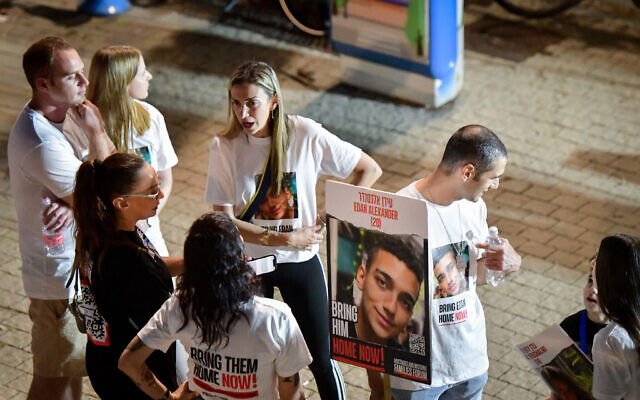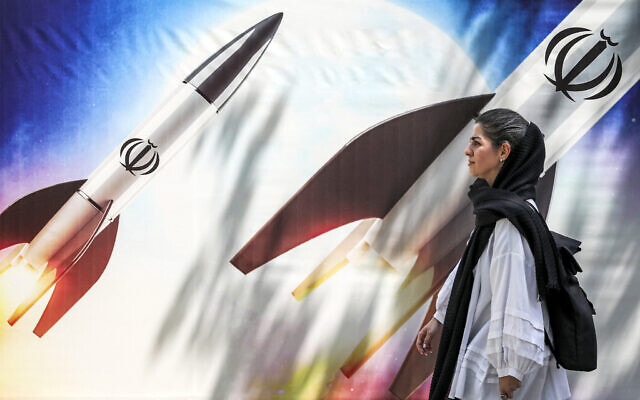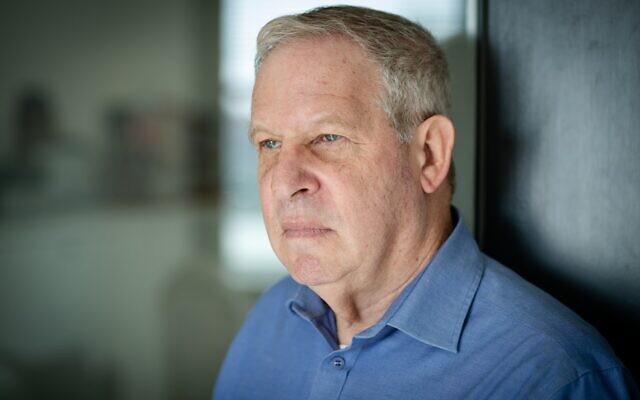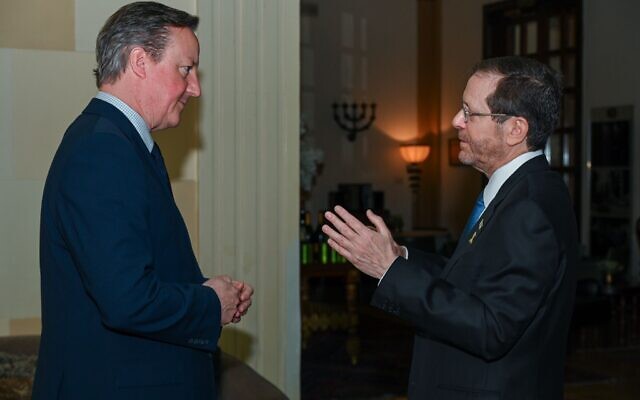The 1924 trial of Adolf Hitler that made the Nazi party a household name
According to a new book, the future architect of the Holocaust was tried long before his genocidal crimes — and ironically, his guilt launched him into popularity
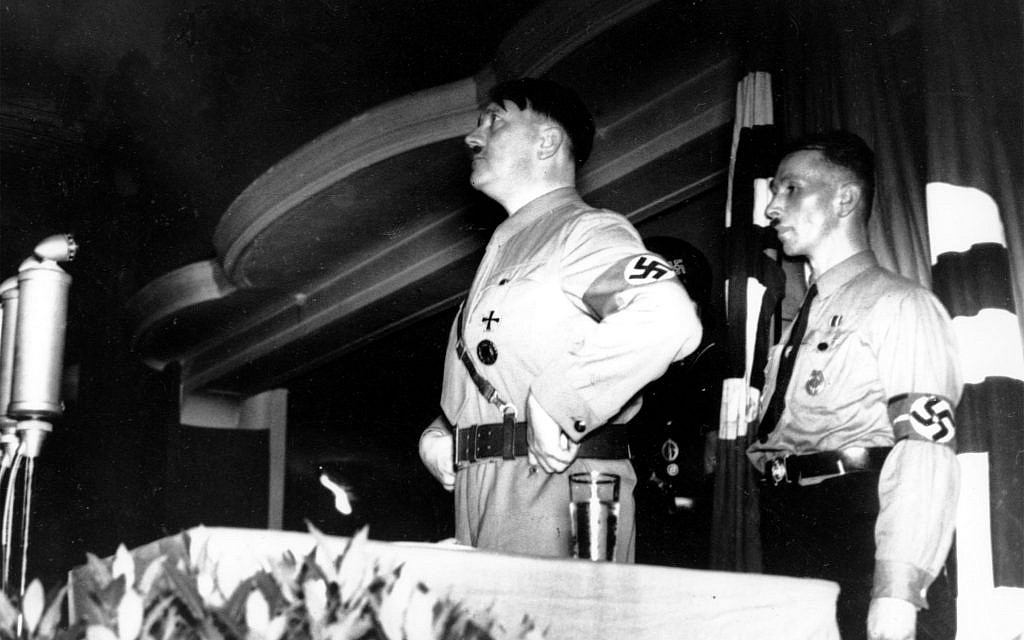
Ten defendants, led by Adolf Hitler and other Nazi party members, gathered in a packed Munich courtroom on February 26, 1924, to begin their trial for high treason.
The charges were related to an event from the previous November, when Hitler and his Nazi comrades attempted a coup to bring down the Weimar Republic.
The failed coup became known as the Beer Hall Putsch.
The subsequent trial was expected to bring about the final nail in the coffin for the Nazi party — then just four years old, and which garnered little support across Germany.
Indeed, when the trial was announced in December 1923, the international press predicted Hitler would either be executed, serve a long prison sentence, or face deportation.
Instead, the courtroom drama, which took place over 24 days, worked wonders for Nazi propaganda. Hitler turned the dock into a platform for both himself and his party in an attempt to put the young Weimar Republic on trial.
Hitler was, in fact, found guilty. But his prison time would amount to just eight-and-a-half months of what was supposed to be a five-and-a-half-year sentence.

As US historian and author David King explains in his recently published book “The Trial of Adolf Hitler: The Beer Hall Putsch and the Rise of Nazi Germany,” the court room drama turned its star defendant into an unlikely international celebrity and statesman in the making.
“When the trial opened in February 1924 in Munich, Hitler had a chance to redefine himself as this national hero,” says the historian, whose book has recently been long listed for the JQ Wingate Prize.
“The incident caused headlines all over the international press, and Hitler’s name became known thereafter. He could not have bought the kind of publicity he got at the trial even if he wanted to,” King adds.
Even if some members of the liberal media at the time were condemning the trial as a grave miscarriage of justice, King says that the sensationalist headlines and extensive coverage the trial received gave Hitler a much larger and more prominent audience than he had ever known.
“During the trial the socialist and communist newspapers called Hitler a racist and said, ‘Don’t fall for this guy,’” says King. “But a lot of the far-right media built Hitler into a martyr and national hero from this moment on, because he brought the far right together by taking some responsibility and [leadership], and then created an enemy by attacking the Jews.”
The first half of King’s book gives a blow-by-blow account of the Putsch itself, which was mostly a farce. By November 1923, Hitler and his associates had plotted a plan to seize power of the Bavarian state government, that involved using Erich Ludendorff — the right-wing World War I general— as a figurehead to lead a march on Berlin to overthrow the Weimar Republic.
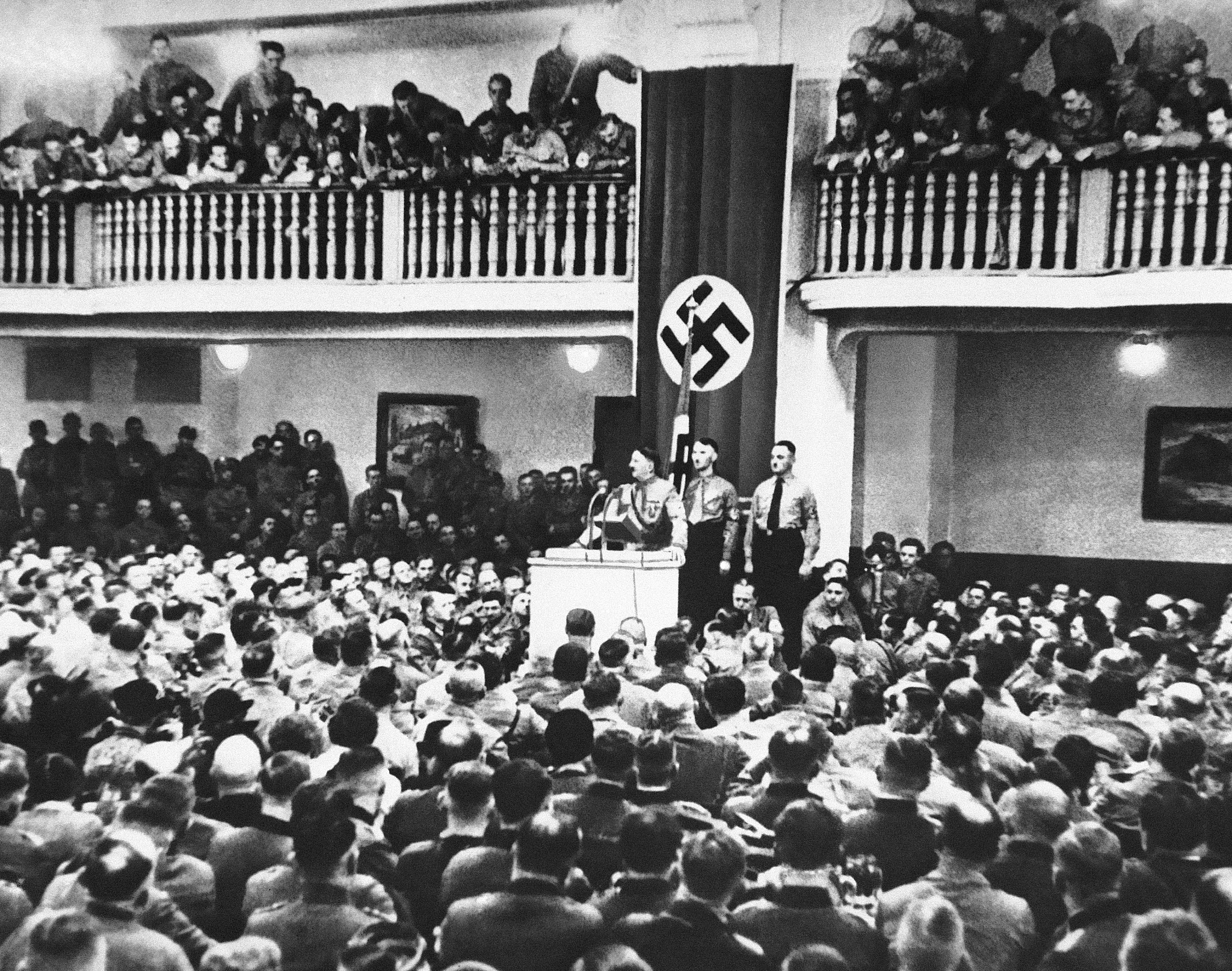
On November 8 — along with hundreds of armed Brownshirts in tow — Hitler marched into a meeting at the Bürgerbräukeller (beer hall) in Munich. The group seized two nationalist politicians — Gustav Ritter von Kahr, and General Otto Hermann von Lossow — as well as Munich’s police chief, Colonel Hans Ritter von Seisser.
The Nazi revolutionaries subsequently forced their Weimar government captives to support a demand to march to Berlin and seize power.
But Hitler’s prisoners broke free, calling in police and army reinforcements. And so the attempted coup was quashed fairly quickly.
Hitler had hoped to grasp power just as Benito Mussolini had the year before, when the Italian fascist marched on Rome with his far right comrades. Instead, the Beer Hall Putsch — where 16 Nazis and four police officers were killed in the fighting — was an abysmal failure. Still, it was a landmark moment for both Hitler and the Nazi party.
“Hitler wasn’t very well known before the Putsch,” King explains. “He sounded funny, almost like a buffoon. He wanted to take over [the Weimar] government, but instead of taking over a military barracks, he took over a beer hall.”
“Hitler and his troops fired a shot and declared a national revolution. Later in the shoot out, a bullet missed Hitler. By Sunday morning he was arrested,” says King.
King’s book recalls how a New York Times article documented the Putsch at the time: The reporter pointed out that even though Hitler presented himself as the leader of the so called new right-wing dictatorship, “he scarcely seemed to fill the part and seemed [like] a little man in an old waterproof coat.”
Munich certainly didn’t appear to be in the throes of a revolution on November 9, the day after the Putsch. However, the Nazi Völkischer Beobachter reported the news with hubris and unapologetic racism.
That paper described how Hitler had triumphed over “five years of the most atrocious shame and disgrace perpetrated by Jews and the Jewish regime.”
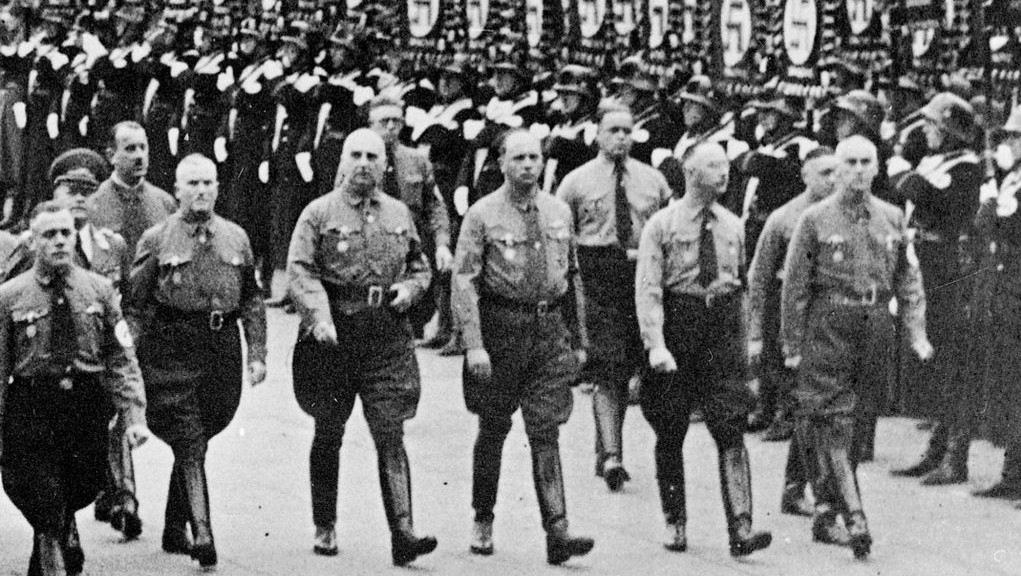
For Munich’s Jewish community, the Putsch would indeed be a night of terror.
Nazi street fighting units and Stormtroopers prowled the downtown Munich area looking for Jews to rob or attack, while others smashed Jewish owned stores and dragged away Jews they found on their rampage.
“There were gangs of hooligans just roaming the streets, going through telephone books and names on door bells that sounded Jewish for people they could attack,” says King. “So a lot of Jews were beat up the night of the Putsch. The police records document about 50 or 60 Jews being seized from their homes.”
“But the trial [only] covered Hitler’s high treason,” Kings adds. “And so crimes like attacking the Jews, or storming the [Jewish] printing press just didn’t get coverage in the trial.”
King spends an entire chapter in his book documenting Hitler’s closing speech in a Munich courtroom on March 27, 1924.
“The [final] speech in the trial helped define Hitler from this buffoon to an international [figure],” says King. “It was Hitler’s biggest audience hitherto, his moment in the spotlight and arguably one of the most important talks of his career.”
Hitler began his speech in the trial declaring that the Weimar Republic was founded on a “crime of high treason.”
Before the war, said Hitler, Germany had boasted an army and civil service that stood as the envy of the world. It was only defeated, he went on, because the army had been betrayed by a “stab in the back.”
Hitler then went on to blame socialists, revolutionaries, Marxists, and what he called “the racial tuberculosis of the people in the international Jews.”
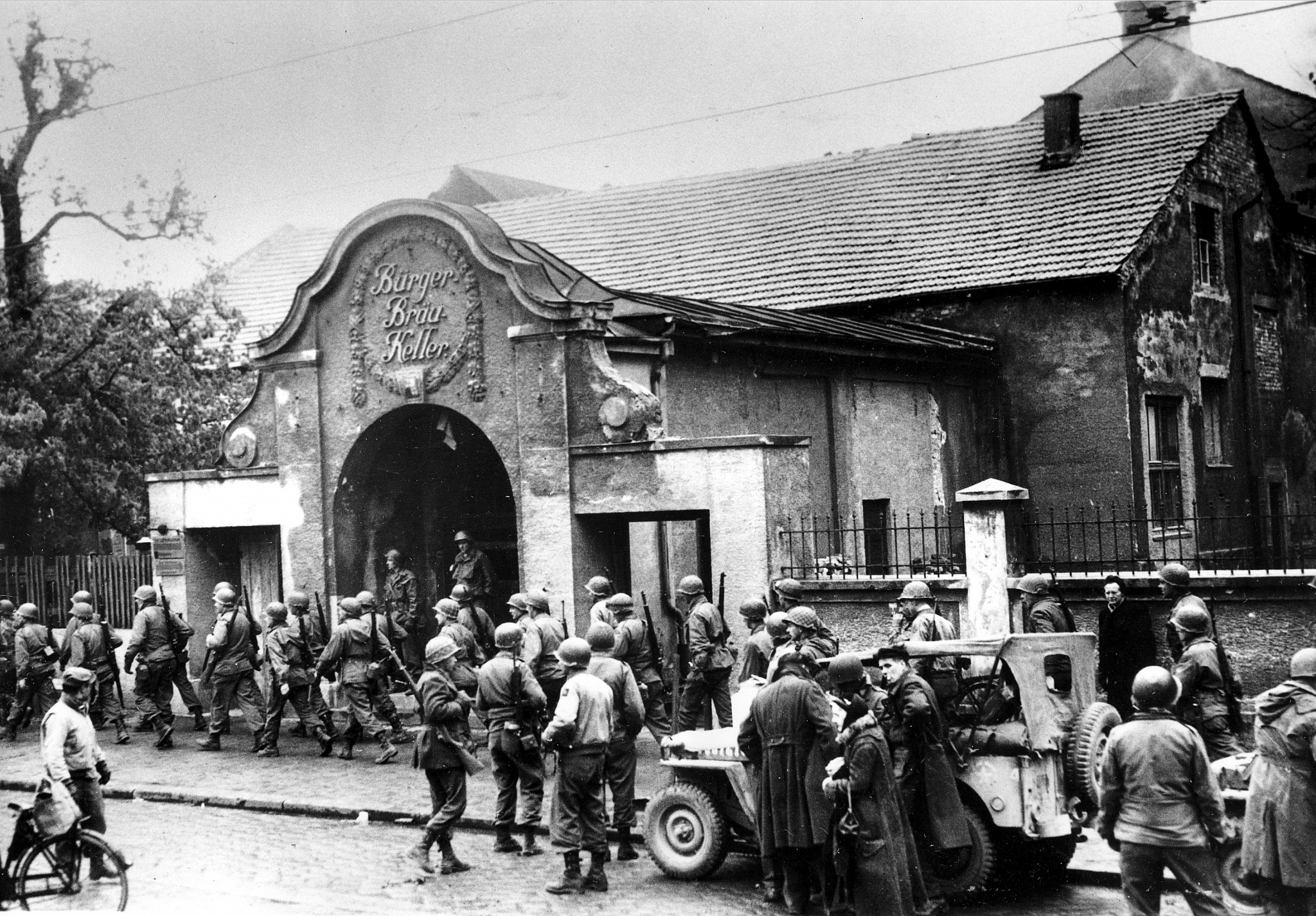
Hitler concluded his speech by claiming that even if he was found guilty, the eternal court of history would acquit him.
Crucially though, much of the speech was reproduced in “Mein Kampf,” the hate fueled anti-Semitic blueprint for National Socialism that was first published in 1925, and which sold 12 million copies in 18 languages by 1945.
As King’s book explains, the most notable similarities between the trial speech and the bestselling book were in Hitler’s long rants about developing a pathological hatred of Jews while living in cosmopolitan early-20th century Vienna. It was a place where Jews played a central role in the economic and cultural vibrancy of public life.
However, Kings says this narrative may not be as clear cut as it appears at first glance. In fact, the historian claims that not a single anti-Semitic comment from Hitler can be traced back to his Vienna days. Moreover, his closest friend at the time was a Jewish copper polisher named Josef Neumann, while his art dealer, Samuel Morgenstern, was Jewish too.
“There is a big debate between Hitler biographers about how much Vienna changed him and made him an anti-Semite,” says King. “And while there was a lot of anti-Semitism at the time in Vienna, now biographers are saying that Munich was a pretty big [influence] too.”
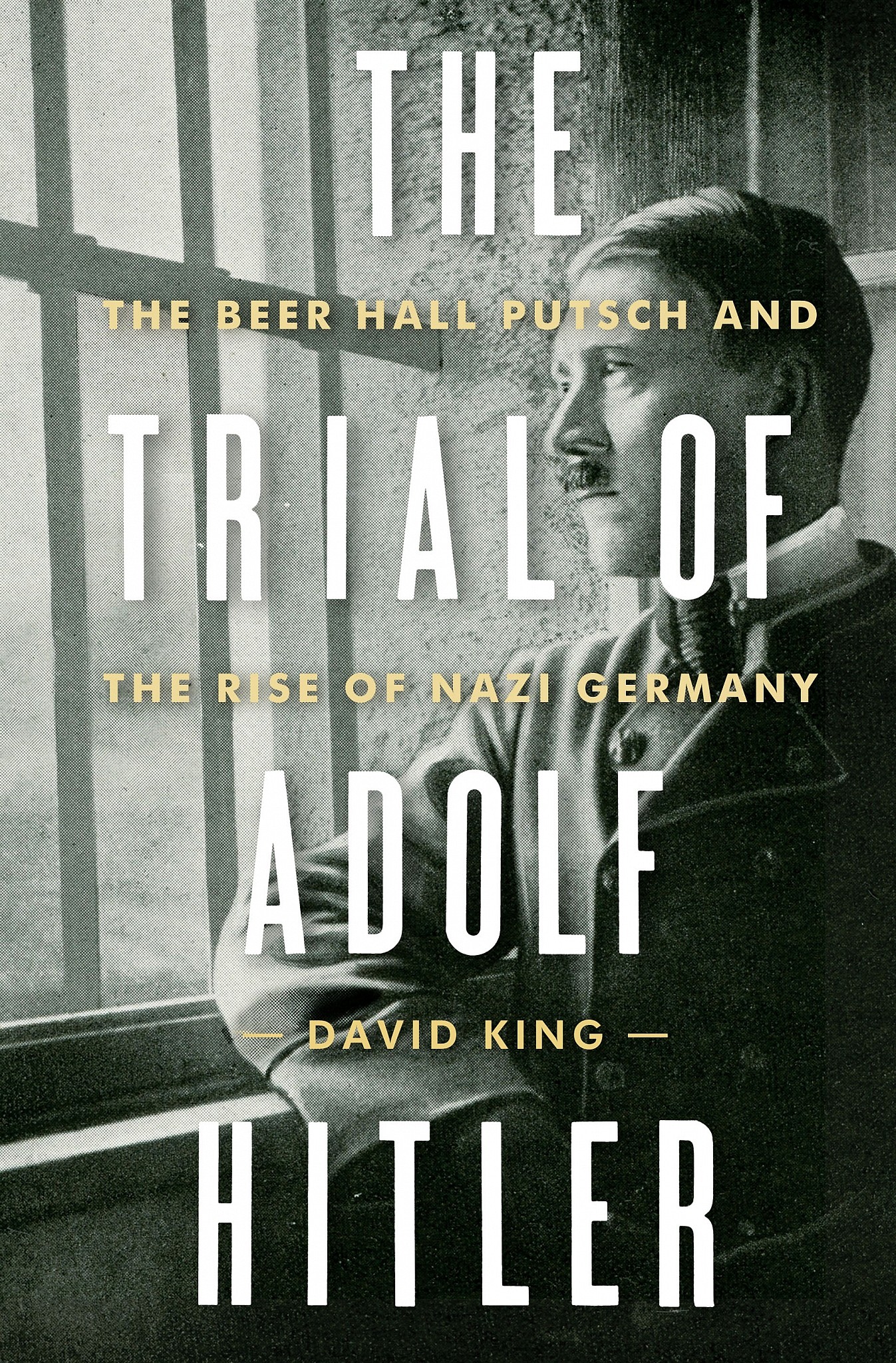
“Munich had a communist revolution that made a lot of people turn towards the right. And so this gave Hitler an enemy at the time to thrive on,” King adds.
So if there was no prominent anti-Semitic sentiment coming from Hitler during this period, why then did he insist that his anti-Semitism manifested so intensely in Vienna?
“He wanted to cover up part of his past,” King explains.
That past, the historian notes, involved being a representative of the Demobilization Battalion of the Second Infantry Regiment to the Revolutionary Council, which seized power in the chaos following Germany’s defeat in World War I.
Hitler became a deputy battalion representative of Munich’s “Red Republic” during this postwar period, too — and some of his duties involved delivering propaganda to the left-wing regime.
“Munich had a revolution at the end of the war. But German historians have pointed out that Hitler had actually served the revolutionary government, which he never admitted to,” says King.
And so Hitler did his utmost during the trial of 1924 to distance himself from a narrative that might have seen him openly rubbing shoulders with socialists, Marxists, or Jews.
King says he was surprised to find out that no book length account of the trial has ever appeared in English, especially given the wealth of archival material available on it. This included court documents, pretrial investigations, police files, the trial transcript, and the papers of lawyers for both the defense and the prosecution.
The trial itself took place in the so-called People’s Court, which had been set up in Bavaria as an emergency measure in November 1918. It was subsequently reestablished in July 1919.
The name of the institution was derived from the fact that the court operated as a tribunal of five judges: two professionals and three laymen. With the absence of any judicial review, however, the presiding judges of the People’s Court were — as one Munich lawyer put it at the time — “judicial kings.”
The closing statements of the prosecution team, led by Ludwig Stenglein, ensured that justice would never be served accordingly, says King.
The author recalls in his book how Stenglein had commended Hitler in his closing address to the court as “a brave soldier [who] was filled with genuine, blazing enthusiasm for a great German Fatherland.”
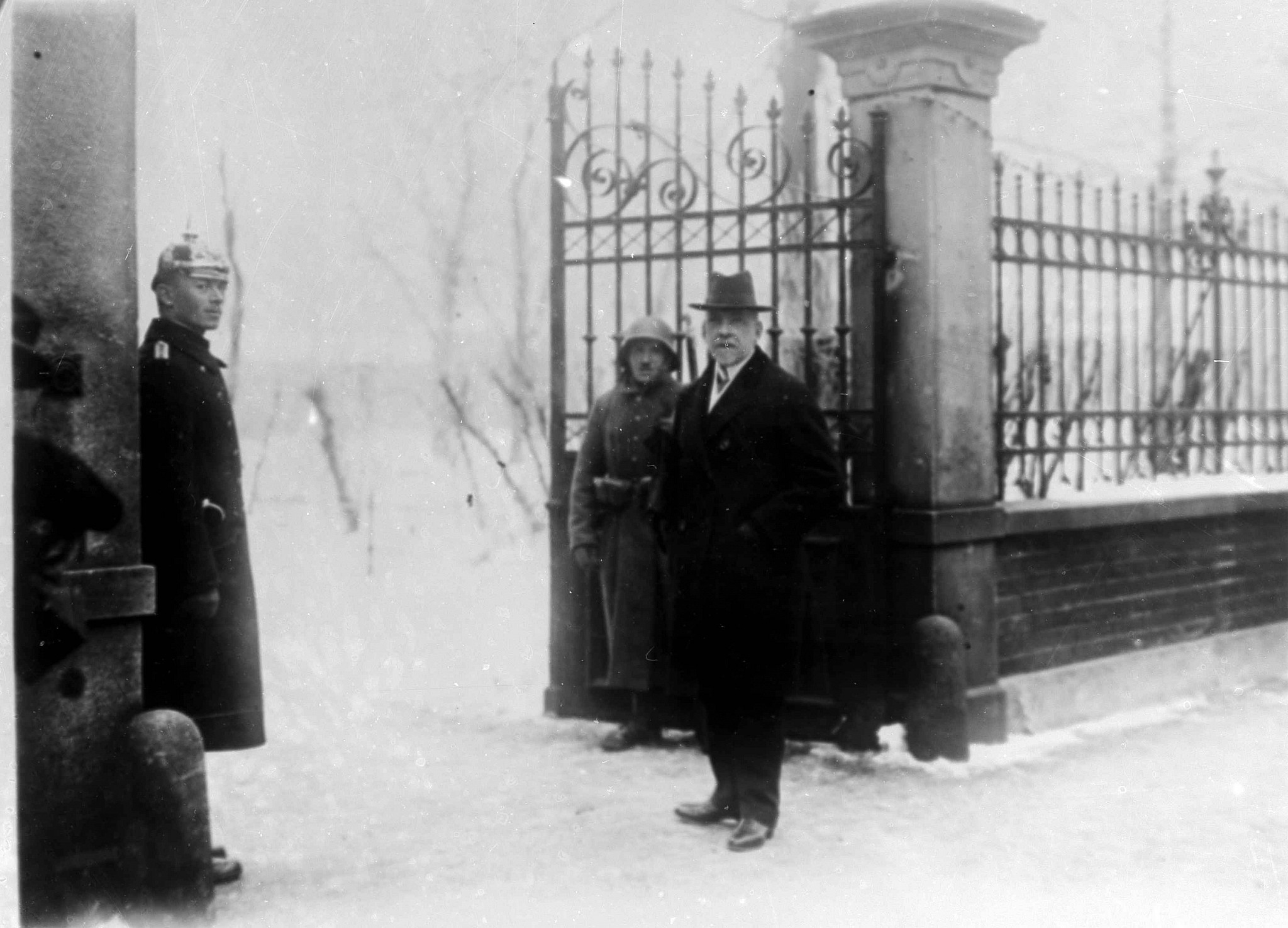
The prosecutor then added how Hitler “created from the smallest beginnings a great party — the Nationalist Socialist Workers Party.”
“A lot of the foreign newspapers that were covering the trial were saying ‘This is the worst prosecution speech I’ve ever heard,’” says King, “because the prosecutor praised Hitler. [The Press ] at the time said, ‘The judge likes Hitler and is a Nazi.’”
One of the most notable concerns of the trial at the time was the fact that the Austrian-born Hitler was not a German citizen.
“Being Austrian, the law said Hitler should have been deported,” King explains. “But the judge in the trial called him a German-Austrian, referring to his service in the German army.”
King points out how turning a blind eye to Hitler’s nationality in the trial was a crucial turning point in German and world history.
“Hitler was guilty in the trial. He bragged about being guilty, but he got a slap on the wrist and was out by the end of 1925, a year after the verdict was delivered,” King says.
King believes the 20th century might have turned out very differently had the trial of Adolf Hitler in 1924 gone in another direction.
“In the late 1920s, less than three percent of the population in Germany voted for Hitler,” says King, “and then as the Great Depression hit in 1929, those numbers went up and up.”
“Hitler was actually on parole when he did the Beer Hall putsch. This was another fact that did not come out in the trial,” King concludes. “At the end of the trial there was such a miscarriage of justice that a lot of people were saying the judge should have been sentenced.”
Are you relying on The Times of Israel for accurate and timely coverage right now? If so, please join The Times of Israel Community. For as little as $6/month, you will:
- Support our independent journalists who are working around the clock;
- Read ToI with a clear, ads-free experience on our site, apps and emails; and
- Gain access to exclusive content shared only with the ToI Community, including exclusive webinars with our reporters and weekly letters from founding editor David Horovitz.

We’re really pleased that you’ve read X Times of Israel articles in the past month.
That’s why we started the Times of Israel eleven years ago - to provide discerning readers like you with must-read coverage of Israel and the Jewish world.
So now we have a request. Unlike other news outlets, we haven’t put up a paywall. But as the journalism we do is costly, we invite readers for whom The Times of Israel has become important to help support our work by joining The Times of Israel Community.
For as little as $6 a month you can help support our quality journalism while enjoying The Times of Israel AD-FREE, as well as accessing exclusive content available only to Times of Israel Community members.
Thank you,
David Horovitz, Founding Editor of The Times of Israel



